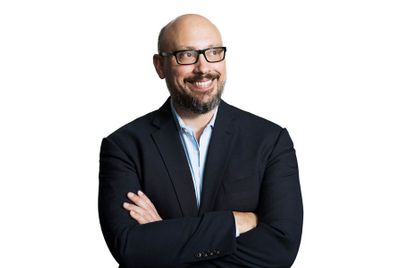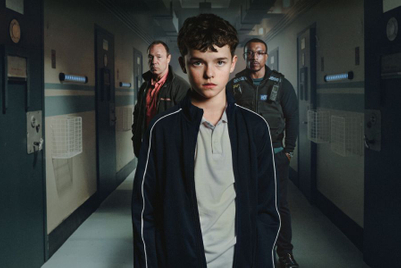
“I don't know what agency or consultancy to go to anymore,” a client we work closely with bemoaned not long ago. As a director of a major international brand, his comment revealed the confusion he and many business leaders increasingly feel these days.
In 2017, we saw plenty of alarming headlines about the advertising and marketing industry: P&G cut $140 million of their digital advertising spend, agencies are still struggling to adapt to a new world, and in Asia and everywhere else, consultancies are stealing agencies' business gradually and undoubtedly.
Earlier this year, I participated on a panel at Advertising Week in Tokyo, moderated by David Blecken of Campaign, with leaders from an advertising agency, an in-house creative department, a consultancy and myself where we discussed and debated what we called 'The new models of creative direction'.
Obviously, agencies are at an inflection point. And as brands race to build in-house agencies, they aren't completely immune from the same issues that plague existing agencies.
Here are four principles we’ve learned and implemented—about process, structure, culture and leadership—in order to be actually useful and helpful to brands we work with.
1. Process: Restrict viciously
The CEO of one of our clients told us recently: “My agency brought nine VPs to a meeting. We no longer work with that agency.” Next time you go to a client meeting, ask why you really need more than five people.
And when many brands are taking work in-house, our advantage as an external partner is objectivity. Every year, there are more and more tools, channels and opportunities, and it’s critical to restrict your organization from doing too many things. Viciously and objectively help clients choose what to do AND what not to do.
2. Structure: Peel the layers
One of the agencies I used to work for had 19 layers of titles. And that is not uncommon among agencies.
Avi Dan, a search consultant, suggests in his article to “disintegrate and adopt a two-tier structure often common in law firms.” In our case, we’ve implemented a three-tier structure: Partner/director, practice Lead, practitioner.
A partner/director leads the engagement and functions as a strategic advisor to the client; a practice lead oversees and guides the day-to-day work; while a practitioner is someone who can make things, and proves the strategic thinking with tangible outputs.
And a common custom we adopted from another industry—architecture: a partner/director is also a hands-on, engaged practitioner. The best arsenal a creative director has is their ability to turn abstract thoughts into tangible ideas and the work. That’s something consultants aren’t used to doing—yet.
3. Culture: Design for the long term
“Agency business is a young person’s game.” That has been, reluctantly, an accepted norm in the industry.
As competition becomes fiercer for brands because of digital disruption, they need talent with strategic acumen to guide them to a better place. And that often means people with seniority, experience—and families.
Our lead strategist (who has been with us since day 1) is a mother of three young kids. She works from home, part-time, and she doesn’t have to sacrifice her family life to help us and our clients think of new business and service models. And she gets to a good solution way more quickly than less-experienced people.
Design your company, and the relationship with clients, to be something people can grow into, instead of grow out of.
4. Leadership: Focus less on fame, more on trust
“The problem is, the most award-winning work these days doesn't make any money for agencies.”
A global CCO of one of the most prominent—and ironically, most award-winning—agencies in the world made this worrying statement to me last year. “Building a brand” is supposedly the business that agencies are in and that’s been done largely through building awareness and fame. And winning awards can help your agency and your client get fame, to an extent, or at least to have something to brag about.
But if you are not putting your money where your mouth is, fame can quickly turn into distrust.
In the age of radical transparency, media complexity and perpetual connectivity, perhaps the business we should be in is helping brands gain trust with their customers and users.
Use creativity as the force for building trust, not in the vain pursuit of fame. Trust will have a longer, sustaining business impact for our clients.
For agencies, external or in-house, to be relevant in 2018 and beyond, they must aggressively simplify their process and structure, stop chasing short-term gains and focus on building trust for the long term.
Rei Inamoto is the founding partner of New York-based Inamoto & Co, which describes itself as a 'business invention studio’.


.jpg&h=334&w=500&q=100&v=20250320&c=1)


.jpg&h=334&w=500&q=100&v=20250320&c=1)
+(1).jpg&h=334&w=500&q=100&v=20250320&c=1)


.jpg&h=334&w=500&q=100&v=20250320&c=1)

.jpg&h=334&w=500&q=100&v=20250320&c=1)







